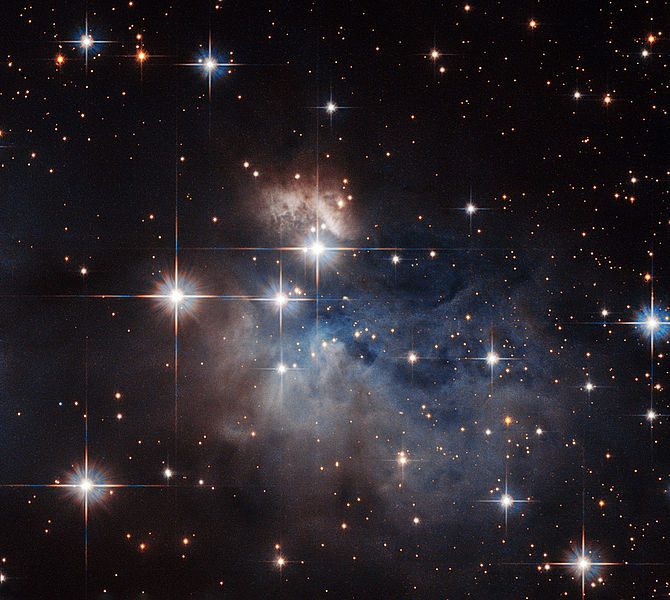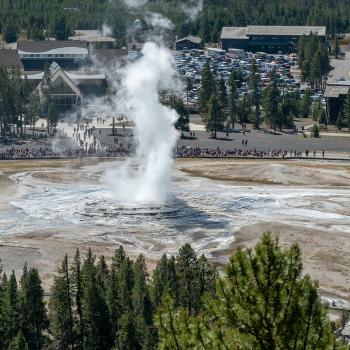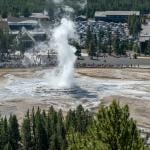
I grew up fairly near to Pasadena’s California Institute of Technology (Caltech) and typically drove by it, with my parents and then on my own, at least once or twice a month and probably, on average, just about every week. There was, in my mind, a sense of almost mystical awe around the place. Not terribly much further, though it wasn’t part of my neighborhood the way Caltech was, was the famous Jet Propulsion Laboratory (JPL) in La Cañada Flintridge, right on the edge of Pasadena, which is owned by the National Aeronautics and Space Administration (NASA) and which is operated on behalf of NASA by Caltech. We would occasionally drive by it enroute to this or that destination in the high desert and elsewhere. One of the bishops of my teenage years was an engineer and rocket scientist at JPL.
These things influenced me in multiple ways, and probably go at least some distance to accounting for my continuing fascination with space and space travel. As I’ve said here before, I might well have become an astronomer had my eyesight not been so bad; at a certain point, seeing the stars as no more than blurs (before I realized why, and why others didn’t) blunted my ambitions in that direction.
***
Meanwhile, in some miscellaneous science news:
“Axion Stars Could Act Like Single Giant Atoms”
In honor of my blog’s resident scientistic dogmatist, we might call the item above “Science and Woo.”
***
You win some and you lose some:
As these articles summarize, Kepler and Dawn have provided stunningly rich data. And Hubble, of course . . . Well, Hubble is Hubble.
***
Did you know that you’ve emerged from a cannibal?
***
The history of astronomy is a history of receding horizons. . . . The explorations of space end on a note of uncertainty. And necessarily so. . . . We know our immediate neighborhood rather intimately. With increasing distance, our knowledge fades, and fades rapidly. Eventually, we reach the dim boundary—the utmost limits of our telescopes. There, we measure shadows, and we search among ghostly errors of measurement for landmarks that are scarcely more substantial. The search will continue. Not until the empirical resources are exhausted, need we pass on to the dreamy realms of speculation. (Edwin Hubble, The Realm of the Nebulae)











